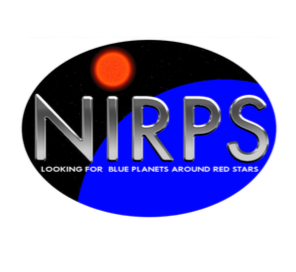Home
The Near Infra-Red Planet Searcher, hereafter called the “NIRPS”, is a spectrograph, for operation in the southern hemisphere and in the IR spectral domain. NIRPS’s main goal is to perform the critical radial-velocity follow-up of transiting-planet candidates identified by the future space missions (TESS, Cheops, JWST and PLATO) which will require extensive and intensive collaboration with ground-based facilities in order to maximize their scientific output, and to monitor M dwarfs to find and to characterize low-mass exoplanets including rocky planets in the habitable zone.
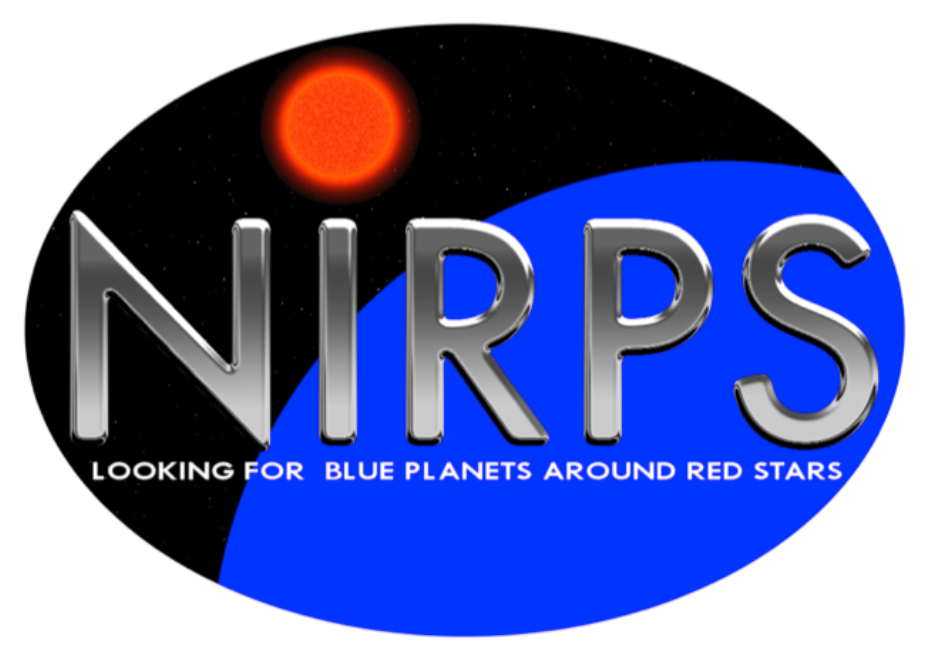
NIRPS consortium is composed of Université de Montréal, Observatoire du Mont-Mégantic, Université de Genève, Instituto de Astrofísica e Ciências do Espaço, Instituto de Astrofísica de Canarias, Université de Grenoble – Alpes, Universidade Federal do Rio Grande do Norte, Université Laval and Herzberg Astronomy and Astrophysics unit of the National Research Council of Canada. The consortium has proposed an infrared spectrograph to undertake an ambitious survey of planetary systems around M dwarfs. This would have nicely complemented the survey of Sun-like stars that has been running for a decade on HARPS and provided a unique machine for transit follow-ups. After the selection of the SOXS spectrograph for the NTT, it was clear that the exoplanet community in the member-states needed a facility to keep the leadership build in the last decade thanks, in large extent, to HARPS. Therefore in May 2015, ESO decided to invite the NIRPS team to adapt the original NIRPS design to the Cassegrain focus of the ESO 3.6-meter telescope in La Silla for simultaneous observation with the HARPS spectrograph.
Our consortium
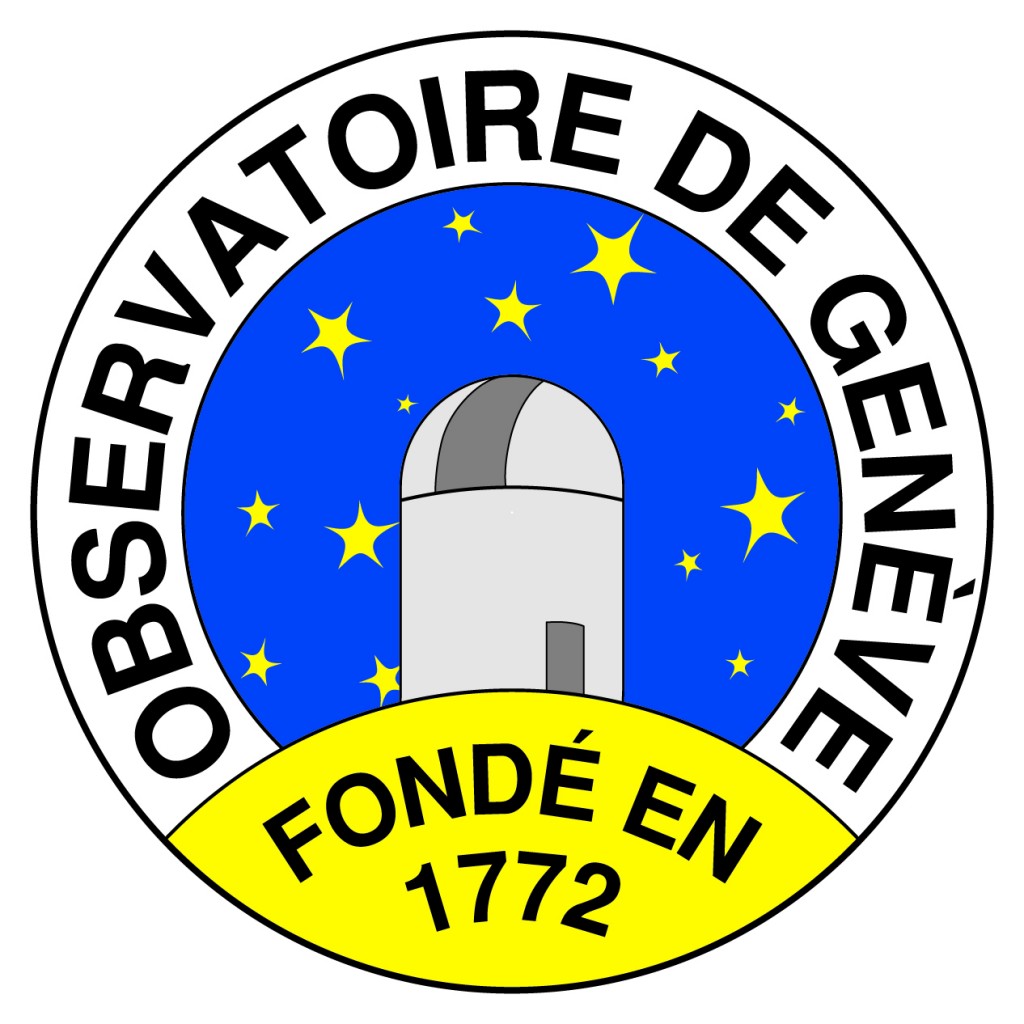
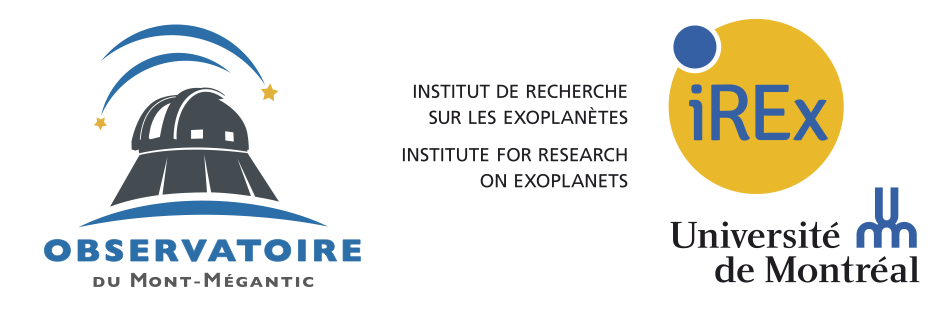
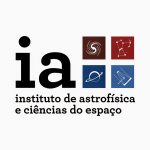

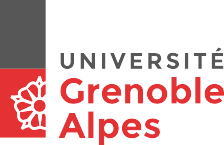

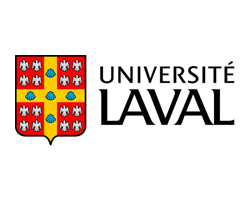
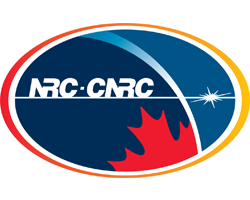

Our Financial and operation partnerships


